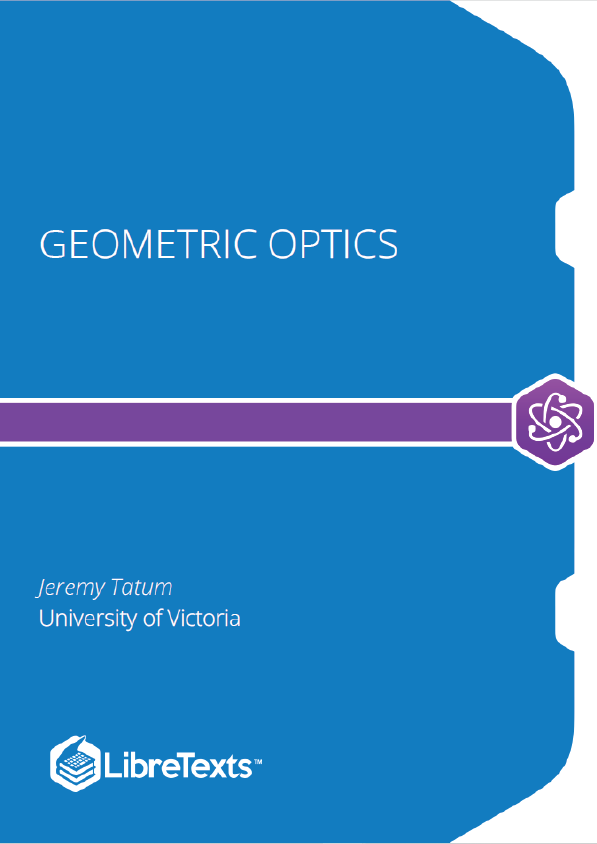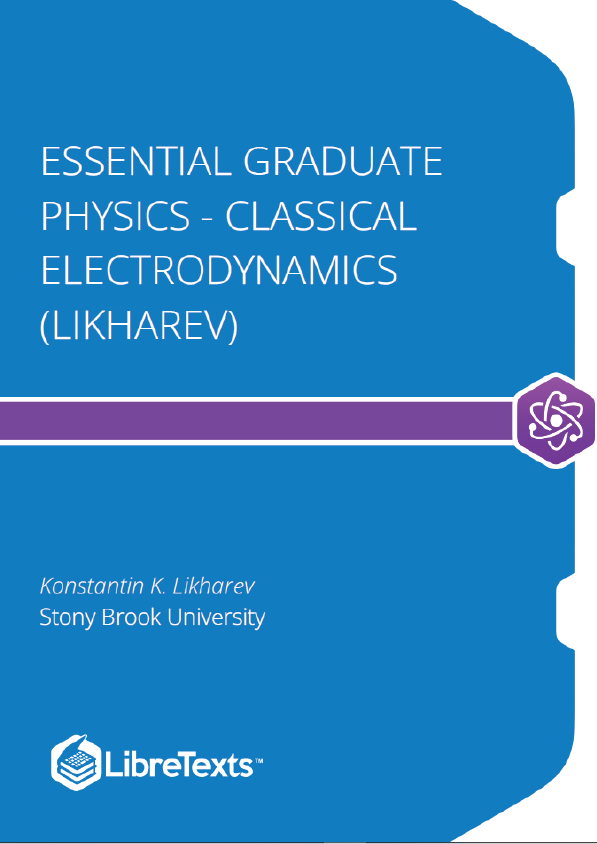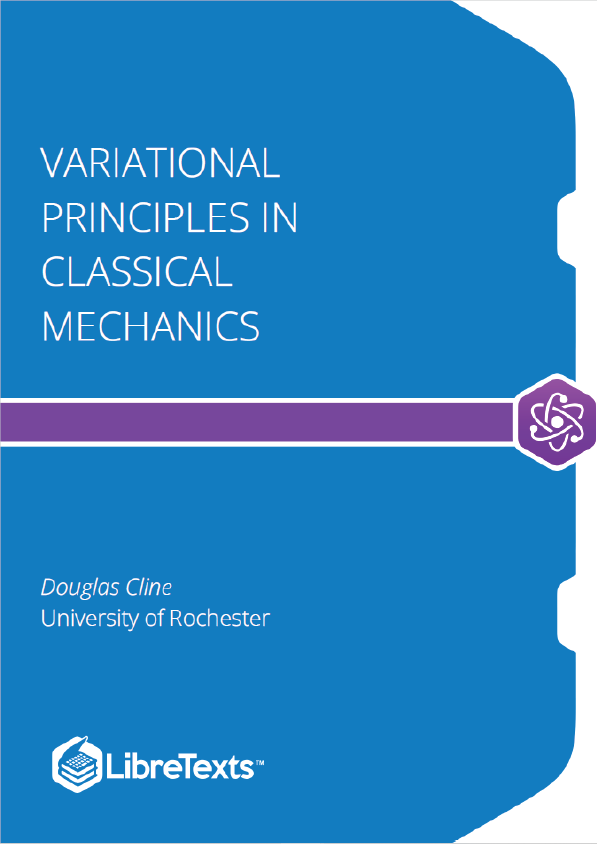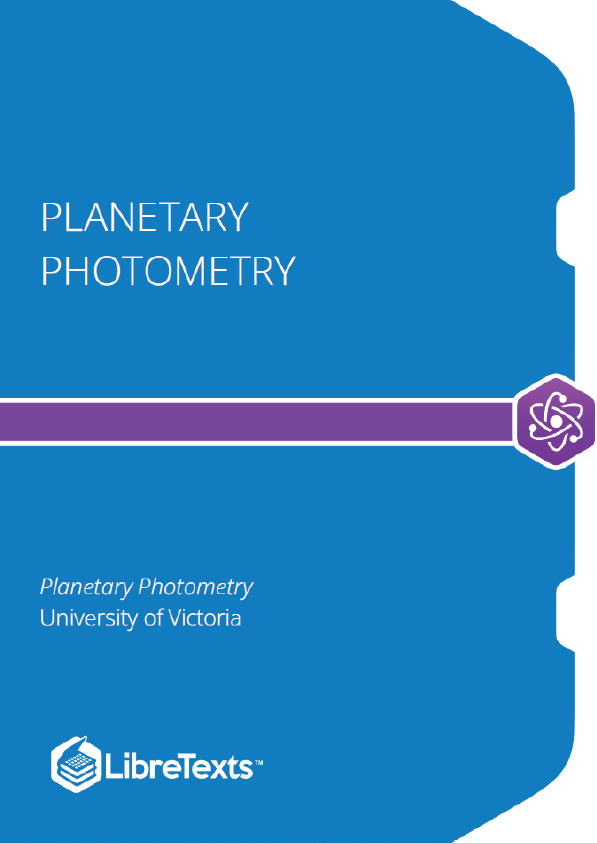This “book” is not intended to be a vast, definitive treatment of everything that is known about geometric optics. It covers, rather, the geometric optics of first-year students, whom it will either help or confuse yet further, though I hope the former. The part of geometric optics that often causes the most difficulty, particularly in getting the right answer for homework or examination problems, is the vexing matter of sign conventions in lens and mirror calculations. It seems that no matter how hard we try, we always get the sign wrong!
This “book” is not intended to be a vast, definitive treatment of everything that is known about geometric optics. It covers, rather, the geometric optics of first-year students, whom it will either help or confuse yet further, though I hope the former. The part of geometric optics that often causes the most difficulty, particularly in getting the right answer for homework or examination problems, is the vexing matter of sign conventions in lens and mirror calculations. It seems that no matter how hard we try, we always get the sign wrong! This aspect will be dealt with in Chapter 2. The present chapter deals with simpler matters, namely reflection and refraction at a plane surface, except for a brief foray into the geometry of the rainbow. The rainbow, of course, involves refraction by a spherical drop. For the calculation of the radius of the bow, only Snell’s law is needed, but some knowledge of physical optics will be needed for a fuller understanding of some of the material in Section 1.7, which is a little more demanding than the rest of the chapter.
Reflection at a Plane Surface
The law of reflection of light is merely that the angle of reflection is equal to the angle of incidence. There is really very little that can be said about this, but I’ll try and say what little need be said.
i. It is customary to measure the angles of incidence and reflection from the normal to the reflecting surface rather than from the surface itself.
ii. Some curmudgeonly professors may ask for the lawS of reflection, and will give you only half marks if you neglect to add that the incident ray, the reflected ray and the normal are coplanar.
iii. A plane mirror forms a virtual image of a real object: or a real image of a virtual object:
iv. It is usually said that the image is as far behind the mirror as the object is in front of it. In the case of a virtual object (i.e. light converging on the mirror, presumably from some large lens somewhere to the left) you’d have to say that the image is as far in front of the mirror as the object is behind it!











